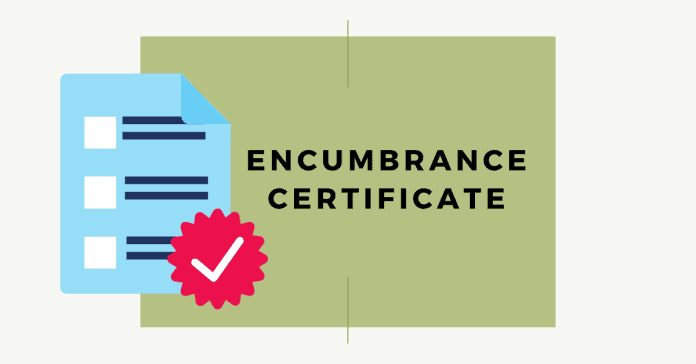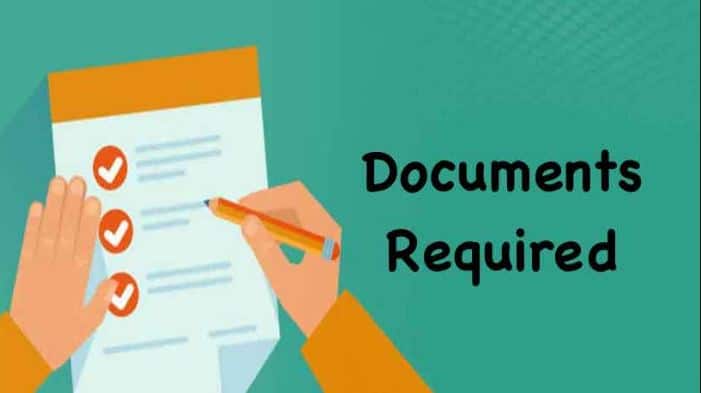
Through an EC or an Encumbrance Certificate of occupancy, a buyer can clarify if the property being transacted has any encumbrances. But what does the word ‘encumbrance’ mean?
What Is An Encumbrance Certificate Of Occupancy And When Is It Needed?
As per the literal meaning from Oxford, encumbrance is defined as a person or an object that prevents anyone from moving or exercising their wishes as per their need.
On the other hand, when the word is understood in the language of real estate, a certificate of encumbrance on a property is a legal document that allows the buyers to clarify a particular property, considering if it’s free from legal or financial burdens.
This certificate of occupancy includes:
- Whether the property has been pledged by the seller to a bank,
- Mentions the name of the current owner of the property,
- Does it have a loan against it, and
- The number of buyers on the property from its time of existence.
All this information reconfirms to the buyers that they are dealing with a genuine seller and that the property isn’t bound to financial or legal liabilities.
Importance of an Encumbrance
- Legal and Financial Transparency: An Encumbrance Certificate provides vital information regarding a property’s legal and financial status. It indicates whether the property owner has taken out any loans against the property and if the property is entangled in any legal disputes. In Hindi, the EC is referred to as “Bhar-Mukt Praman.”
- Protection for Property Buyers: As the purchase of a home represents a substantial investment, it is crucial for buyers to ensure that they are not inheriting any encumbrances or legal liabilities associated with the property. Obtaining an EC offers buyers assurance that there are no financial or non-financial obligations, such as liens, outstanding debts, or leases, tied to the property.
- Loan Application Requirement: When applying for a loan against property or a home loan, the EC is a necessary document. Lenders typically require this certificate to establish the legal ownership of the property and to approve loan applications.
- Updating Land Tax Records: In cases where property or land tax has not been paid for a period exceeding three years, the certificate is submitted to the Village or Panchayat Officer. This process helps update the land tax records and ensures compliance with tax obligations.
There are Two Kinds of EC:
- Form 15 – This is issued by the sub-registrar when a property has encumbrances amidst the period the applicant asks for it.
- Form 16 – The sub-registrar issues a nil-encumbrance certificate on Form 16 when the property hasn’t registered any encumbrances when the applicant asks for it.
Here is When You’d Require an Encumbrance Certificate:
- While purchasing a property – A ec certificate of encumbrance on the property is essential when buying a property as it ensures the authenticity of the owner and states the absence of any pending loans against the property in question
- While opting for a home loan to buy a property – This certificate is generally asked by the banks before they can move ahead and accept your home loan application
- While withdrawing money from the provident fund to purchase a house – EC ap could is requested from your employer when withdrawing money from your PF to make any payment for your property
- Property mutation – This is when an owner after the purchase of the house is requested to get the ownership transfer recorded in the government record
- While selling the property – EC will be needed when the seller applies for their document from the government record in order to show it to the buyer
Who Issues The Encumbrance Certificate And What Are The Documents Needed To Get An EC?

The encumbrance certificate is issued by the sub-registrar under whose jurisdiction the unit exists. In other words, it is the place where the property was registered at the time of the purchase by the previous or the current owner.
While applying for the encumbrance certificate, you’ll be required to provide the following documents:
- The address proof
- Signature
- Details of the property
- A copy of the deed, if it was created
How To Apply for an Encumbrance Certificate Both, Online And Offline?
Online:
An Encumbrance certificate on the property mostly issues physically, however, you can apply for an online certificate in Andhra Pradesh, Odisha, Kerala, Puducherry, Tamil Nadu, and Telangana.
For instance, here are the steps that will allow you to apply for an encumbrance certificate online in Telangana:
- Visit the official website
- Click on the ‘government forms’ on top of the page
- Scroll down and download the application form of the encumbrance certificate
- Fill it and attach the required documents with the form
- Visit the nearest Meseva center and submit the application
- Once you’ve submitted the application, you’ll be issued an acknowledgment slip
- Post verification, the application will be sent to the office of the sub-registrar and you’ll be able to receive the update via SMS in order to track the portal
- Post 6 working days the office will issue an EC
Offline:
Barring the states that do not provide an online facility to issue an EC, you’ll require to:
- Physically visit the office of the sub-registrar, where the property is registered
- Write an application on a plain sheet of paper including the information you seek
- Submit it with Form 22 and wait for 15 to 30 days to receive the encumbrance certificate
What Are The Fee And Time Required To Apply For An Encumbrance Certificate?
The payment of a nominal fee is required both, online and offline when seeking to receive an encumbrance certificate (EC). This fee could vary from state to state in India and also depending upon the window in which you wish to receive the information.
You need to wait for an encumbrance certificate for about 15 to 30 days when opted offline, and 6 to 7 working days when issued online.
What Is a Nil Encumbrance Certificate?
When requesting an Encumbrance Certificate, you will be required to specify the timeframe for which you require the information.
If, during the specified period, no encumbrances or charges have been imposed on the property, then during this period a Nil Encumbrance Certificate will be issued. This signifies that no financial institution or lender has placed any claim or lien on the property during the indicated duration.
To Conclude:
As you might have concluded, an encumbrance certificate of the property is a must as it confirms the legality of the property in question. However, both the seller as well as the buyer must also be sure to make their check and apply for due diligence including their personal checks to cross-check if the property is free from any encumbrance. This will prevent you from any land-related fraud. Unfortunately, buyers of such kinds won’t be able to move the RERA as the transactions do not fall under the Real Estate Regulatory Authority.






